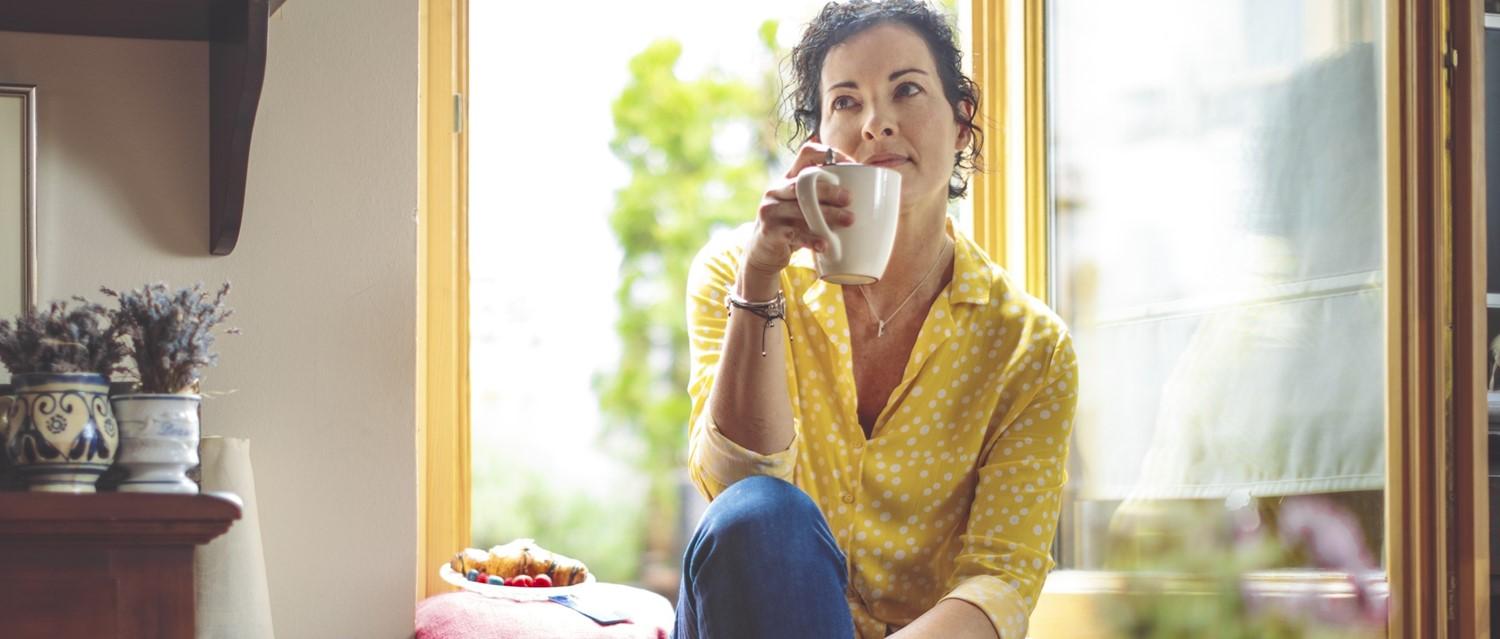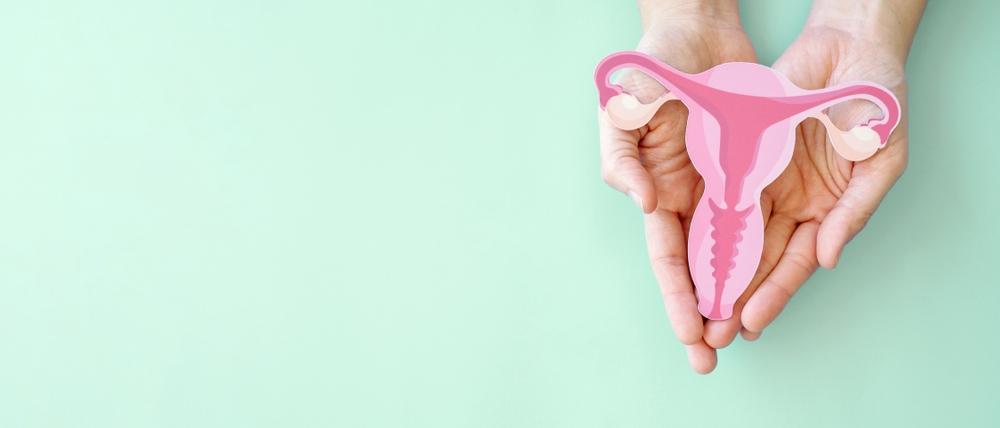
How to make the menopause a little easier
Peer reviewed by Dr Krishna Vakharia, MRCGPLast updated by Dr Sarah Jarvis MBE, FRCGPLast updated 20 Jan 2023
- DownloadDownload
- Share
Some women breeze through the menopause and hardly notice it's happeningbut most - four in five - get hot flushes, and other symptoms including tiredness, disturbed sleep, low mood and vaginal dryness are common as well. So how do you take the drama out of the menopause?
In this article:
Half of all biological women go through the menopause - on average at around 52 years old. However, anything from 45 is normal and it can happen earlier in some.
Continue reading below
Is HRT right for you?
In years gone by, doctors were quick to recommend HRT as the treatment for menopausal symptoms, on the basis that it relieved menopausal symptoms more effectively than anything else and helped protect against osteoporosis, or thinning of the bones. Two major studies then suggested a link between HRT and breast cancer, as well as a possible increased risk of heart disease. Not surprisingly, prescriptions for HRT plummeted.
Since then, further studies have shown that HRT doesn't carry any increased risk for heart disease for women in their 40s and 50s - in fact, it may even protect your heart at this age.
Breast cancer risk - the latest news
Where breast cancer is concerned, the evidence has been conflicting. In 2003, a large UK study suggested taking HRT was linked to an increased risk of both developing and dying from breast cancer, particularly for women taking combined (oestrogen and progestogen) HRT. It's recommended that any woman who hasn't had a hysterectomy should take combined HRT, because taking oestrogen-only HRT increases the risk of cancer of the endometrium (womb lining).
Later studies suggested the risk might not be increased with more modern forms of HRT, started around the average age of menopause - the early 50s. The NICE guidance on menopause, published in 2015, advised that:
HRT with oestrogen alone is associated with little or no change in the risk of breast cancer.
HRT with oestrogen and progestogen can be associated with an increase in the risk of breast cancer.
HRT does not increase the risk of dying from breast cancer.
Any increase in the risk of breast cancer is related to treatment duration and reduces after stopping HRT.
However, in August 2019 a review of studies on over 100,000 women taking HRT again found an increased risk of breast cancer. By their reckoning, for women starting HRT at age 50 and taking HRT for 5 years, there would be one extra case of breast cancer in a woman aged between 50 and 69 for every:
50 women taking continuous combined oestrogen and progestogen - so-called period free versions.
70 women taking sequential combined oestrogen and progestogen - designed to give a period every month.
200 women taking oestrogen-only HRT.
The corresponding risks were higher for women taking HRT for over 5 years, and some increased risk of breast cancer remained for at least 10 years after stopping.
In December 2021, a study of more than half a million women found - in line with other evidence - that the increased risk of breast cancer for women on oestrogen-only HRT was extremely low. In addition, it found no increased risk at all for HRT (either oestrogen only or combined) taken for less than a year.
A
also offered further reassurance for women on oestrogen-only HRT, finding that this therapy didn't increase the risk alone if used around the menopause.
The
that for women taking combined HRT, the risk of breast cancer appears to be largely dependent on the type of progestogen used. According to researchers, micronized progesterone and dydrogesterone did not increase breast-cancer risk to the same degree as other combinations, if at all.
Breast cancer for younger women
It's important to remember that the breast cancer risk is lower if you’re under 50, and doctors now recommend all women who go through premature menopause before age 45 should take HRT until at least age 50 to protect their bones. That's because bone density drops more quickly after the menopause, and women who go through an early menopause are at significantly increased risk of osteoporosis, which HRT protects against.
For anyone else, whether or not to take HRT is a matter of choice. It relieves hot flushes, protects your bones and may help with menopause-related mood swings.
Some HRT can also increase your risk of a clot on the leg - a deep vein thrombosis - or the lung. Body identical oestrogen creams or gels don't, and they may not carry the same risk of breast cancer. Examples include Sandrena gel, Oestrogel or Estradot patches.
Vaginal dryness is a very common side effect of dropping oestrogen levels at the menopause. Unlike hot flushes, it doesn't settle with time. Along with soreness and painful sex, it makes you more prone to urine and vaginal infections.
Topical oestrogen in cream, pessary or hormone-releasing vaginal ring form can plump up your vaginal tissues without any of the risks of regular HRT. Because the hormone is delivered straight where it's needed, the dose is tiny and you can use if for as long as you need. One form of topical oestrogen is now available to buy at your local pharmacy.
Non-hormonal vaginal moisturisers are an effective alternative to topical oestrogen. There are several available in the pharmacy and they're different from lubricants designed just for sex. Your pharmacist can advise.
Bio-identical HRT
Body identical HRT is HRT which mimics your body's own natural hormones - contrary to popular belief, many forms of body identical HRT are available on the NHS.
These are different from compounded bio-identical HRT products, which are only offered by private providers. NICE advises that compounded bio-identical hormones are unregulated - meaning the same checks on quality and safety are not in place - and "the efficacy and safety of unregulated compounded bio-identical hormones are unknown".
n the UK there have been shortages of many forms of HRT available on the NHS.. That means that your doctor may need to change the form you take if you're already on HRT, and the choice of options they can offer you is currently limited.
Continue reading below
What about herbal remedies?
If you're looking for herbal alternatives, there are several on the market. However, because they aren't regulated in the same way medicines are, there have been concerns about safety with some.
Look for a Traditional Herbal Remedy (THR) logo on the packet - your pharmacist can advise - so you know they're safely manufactured. NICE highlights black cohosh - I recommend Menoherb one a day - and Red Clover Isoflavones - I recommend Promensil 40-80 mg a day - as alternatives with the best evidence. Do let your doctor or pharmacist know you're taking these herbal remedies - they can interact with other medicines.
There's also good evidence that increasing the soya in your diet may help with hot flushes. Tofu is an obvious source - and it's also a tasty, heart-healthy, meat-free alternative for stir fries! But soya beans or soya milks and yoghurt can be easily incorporated into your routine, too.
Of course, lifestyle tips can help as well. Wear layers or loose clothes in natural fibres, and keep a sheet under the duvet so you can throw the duvet off in the night. Spicy food, caffeine, alcohol and smoking can all worsen flushes and night sweats, so cut out one at a time to see if you're less troubled. And remember, those hot flushes do usually settle - it just takes a while!
Thanks to My Weekly where this was originally published
Article history
The information on this page is peer reviewed by qualified clinicians.
20 Jan 2023 | Latest version
10 Sept 2019 | Originally published
Authored by:
Dr Sarah Jarvis MBE, FRCGP

Ask, share, connect.
Browse discussions, ask questions, and share experiences across hundreds of health topics.

Feeling unwell?
Assess your symptoms online for free
